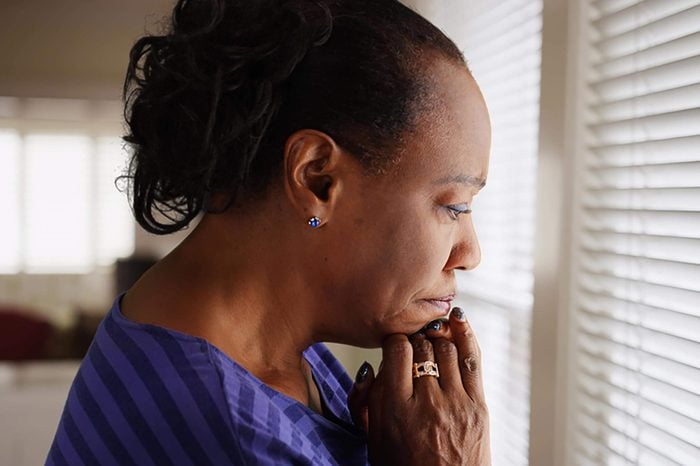
Domestic violence is more common than you realize
More than 10 million men and women are physically abused by an intimate partner in the United States each year, according to the National Coalition Against Domestic Violence (NCADV). But myths about who it happens to and what it “looks like” can prevent victims from seeking help, warns Ruth Glenn, the Coalition’s president and CEO. Here’s what women need to know.
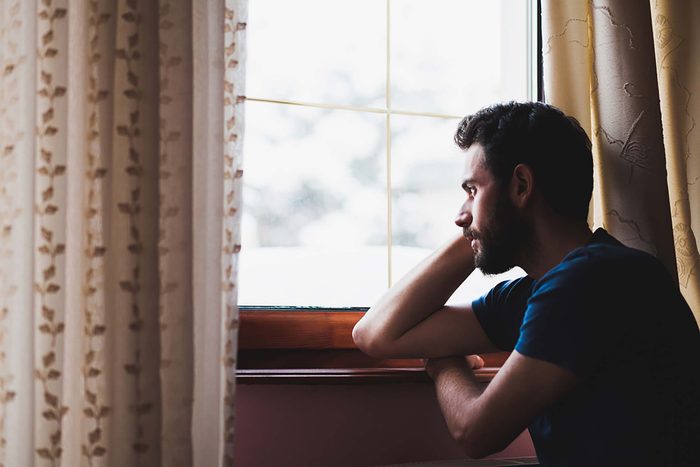
Women aren’t always the victims
Domestic violence can affect anyone. It’s defined as a pattern of behaviors used by one partner to maintain power and control over another in an intimate relationship. “There are estimates that 85 to 95 percent of those who experience domestic violence are women, but we know that it happens to men and in other intimate relationships, too,” says Glenn.
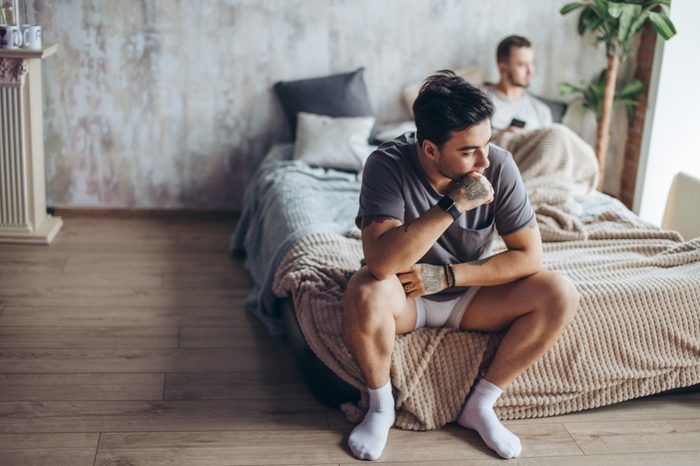
Domestic violence isn’t in heterosexual relationships only
Domestic abuse can occur in LBGTQ relationships as well, though the tactics may be different. An abusive partner may threaten to “out” someone, manipulate their friends and family in order to cut off their support system, or use their sexual orientation or gender identity against them to justify the abuse, according to the National Domestic Violence Hotline.

It’s not always physical
Domestic violence may literally have the word ‘violence’ in its name, but problems extend way beyond just physical assault—so yes, even if you’re not being hit, it can still be abuse. “It’s about how much power and control they can have over someone,” says Glenn. Learn the silent signs of emotional abuse.

Domestic violence takes on many forms
Power and control can be exerted over someone in a number of ways, which is why domestic abuse doesn’t have a single definition and it takes multiple forms. The National Domestic Violence Hotline has a Power & Control Wheel to show exactly what this looks like. Abuse can be economic (controlling all of the finances), emotional, sexual, or may involve isolation, coercion, threats, and more.

Cultural norms make women more vulnerable
It’s not necessarily because men tend to be bigger than women—and thus overpower them. It goes deeper than that, says Glenn. “My theory is that it’s based on cultural norms and patriarchy,” she says. On some level, it’s been okay for men to behave more aggressively, for example, or women have been taught to more readily serve the needs of men, which is one reason domestic violence is more prevalent among men.
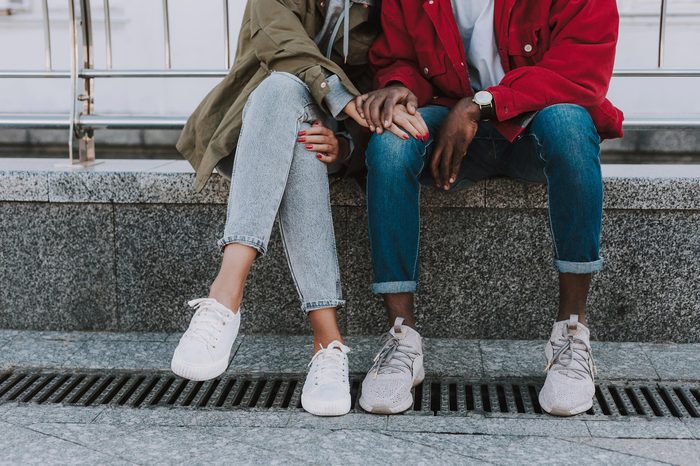
Dating can include domestic violence
You don’t have to be married—or even living together—for abuse to be an issue. “Domestic violence happens between the ages of 17 to 24 more prominently than any other demographic,” says Ashley Bendiksen, a certified abuse prevention activist—and an abuse survivor herself. Why are young people particularly vulnerable? Lack of dating experience, emotional maturity, and comfort speaking to adults about a bad relationship, she says.
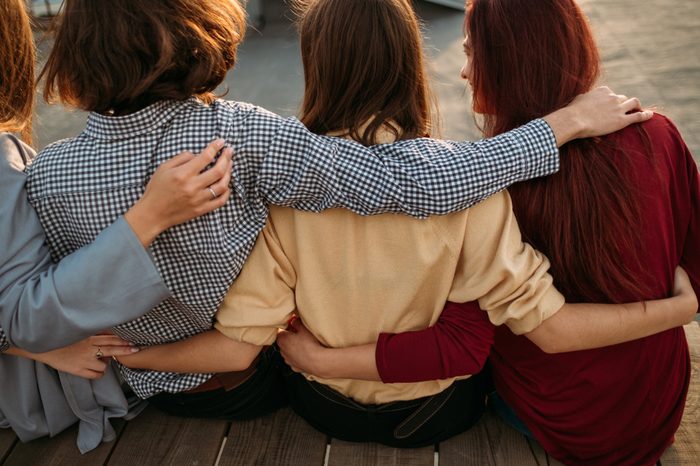
Parents have a lot of pull
If your son or daughter is in early middle school (or older), one of the best things you can do for her is foster an environment of open communication concerning dating. And, model good relationship behaviors—including healthy responses to arguments—at home, says Bendiksen. People learn from what they see, which can both set the stage for a lifetime of loving relationships or an understanding that abusive patterns and behaviors are normal.
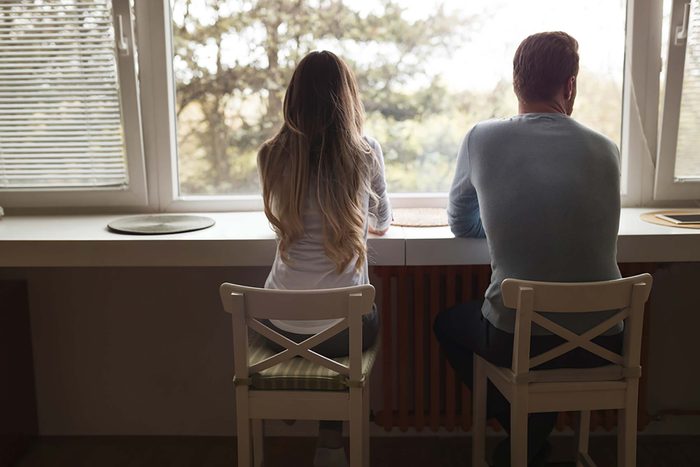
Leaving isn’t easy
This myth that you can just leave if you’re being abused can be deadly. “The most dangerous time for a domestic violence victim is when she leaves. When people ask why she doesn’t just leave, I hope we can remember that important fact,” says Glenn. That’s not the only thing that women who escaped abusive relationships want you to know.
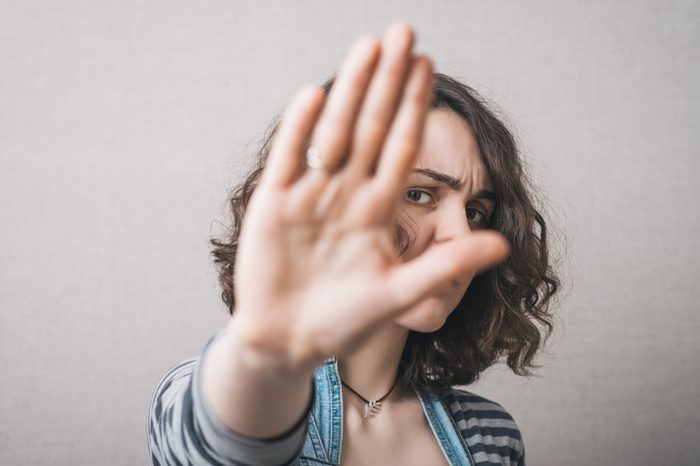
You didn’t ask for this
Abuse isn’t obvious. No one wears a sign that says they’re going to be an abuser. “I tell people all the time, we don’t get into these relationships because we want to be hurt. We got into them because someone was charming and convinced us that they’d care for and love us,” says Glenn, herself a survivor. Don’t miss these abusive relationship quotes from survivors and experts that will help you leave and heal.
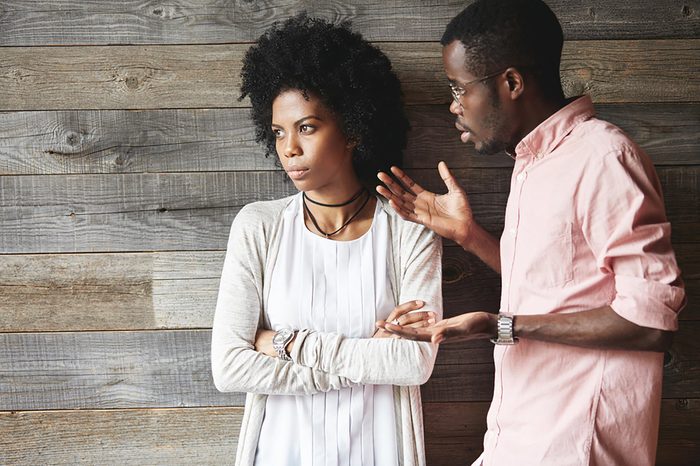
It’s easy to ignore a few early red flags
While none of this is your fault and you shouldn’t shoulder any of the blame, there are red flags, especially if you’re entering into a relationship and thinking, is this…okay? “It’s really hard to identify abusers because they paint themselves too good to be true,” says Bendiksen. But if someone wants to spend all of their time with you, checks in often, and wants to constantly keep tabs on where you’re going and who you’re going out with, explore any uneasy feelings you may be having. Speak with friends and family members; even consider talking to a therapist. Here’s how one sexual abuse survivor found peace.

If there’s a gun in your home—you’re at risk
The statistics are shocking: Every month, an average of 53 women are shot and killed by a partner, according to a report from Everytown for Gun Safety; nearly one million women alive today report having been shot—or shot at—by an intimate partner, finds the report. If there’s a firearm in the home with a history of domestic violence, women are 500 percent more likely to be killed.

It’s normal to believe what your abuser is telling you
Glenn calls it being a prisoner of war. “You get told for so long that you don’t matter and that no one else will want you, that you can’t leave or make it on your own, and eventually you forget who you used to be or who you wanted to be. I tell young people to always remember what you dreamt of being,” she says.
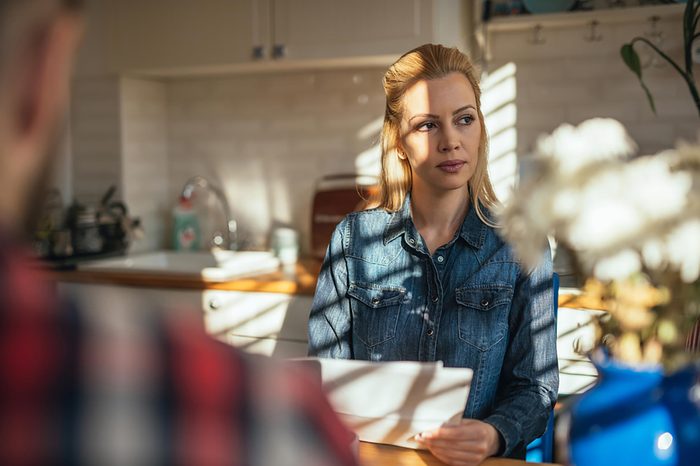
You should put yourself first
Amid the brainwashing, you may lose yourself in the relationship. “All of my own priorities and goals were pushed aside. For victims, there’s an emphasis on self-sacrifice, and we also stop focusing on ourselves,” says Bendiksen. “I urge women not to forget to put themselves first in a relationship,” she says.

You can help a loved one
If you know that family member or friend is in a violent situation, Glenn suggests collecting all of the resources you can that will help them devise an exit strategy (including the hotline number, below). Then, speak to them and say I think something is happening to you. When and if you’re ready to do something about it, I’m here and have resources available to share with you. “It opens the door and plants the seed that they can turn to you,” she says.

There is confidential help
If you are in a crisis situation, call the National Domestic Violence Hotline at 1−800−799−7233, which is open 24/7/365 and is completely free of charge. If you don’t feel comfortable with a phone call or don’t know who may be listening, they have online chat available, too. Next: experts weigh in on how to leave an abusive relationship.

